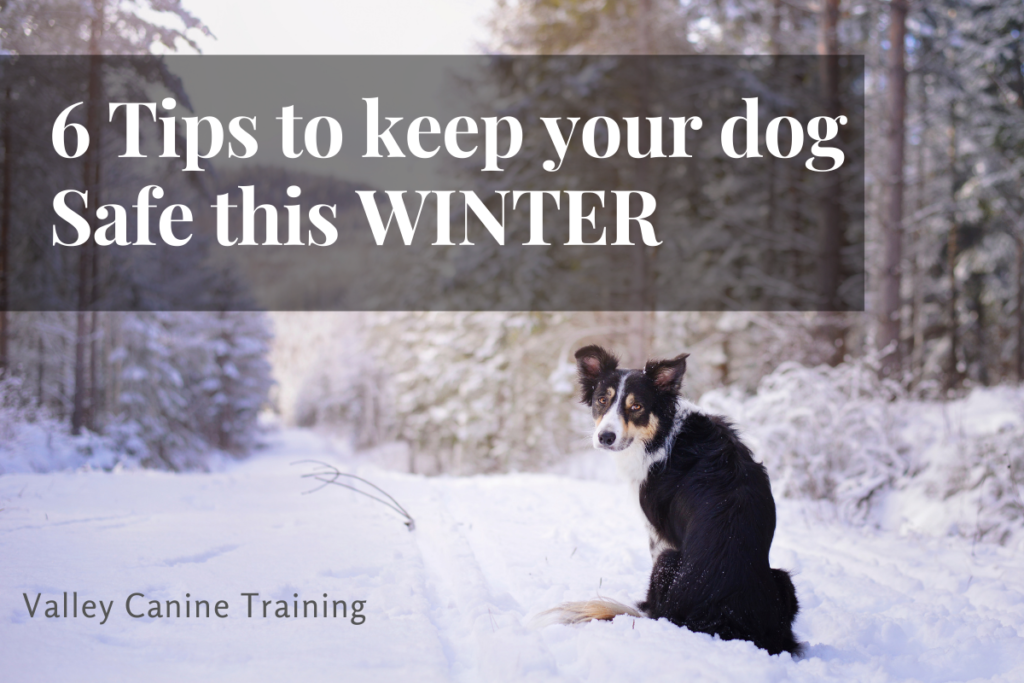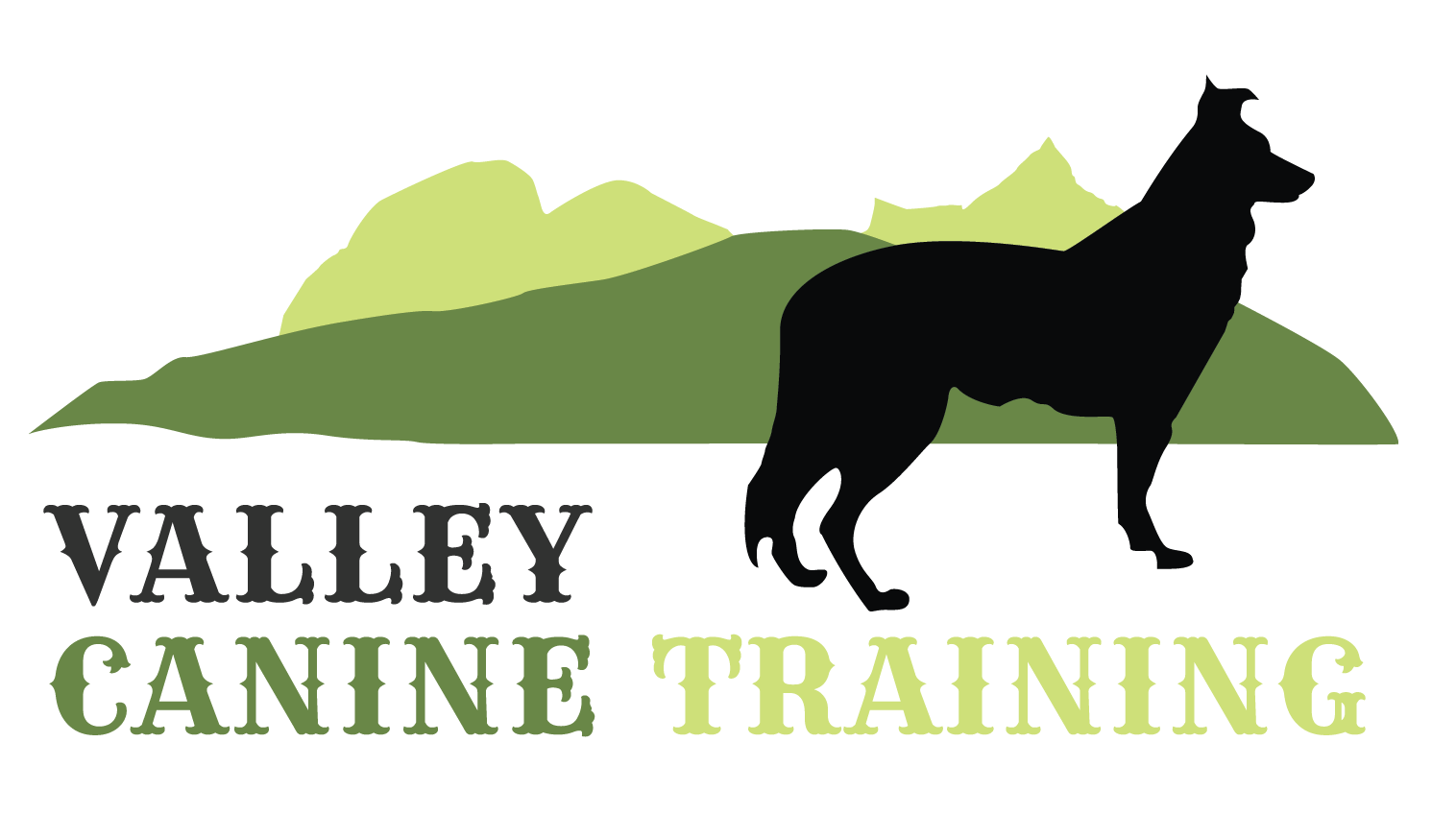-Victoria Regan Certified Master Trainer

In the frigid months of winter, safeguarding the well-being of our canine companions is of paramount importance. As pet owners, the health and security of our four-legged friends stand as our primary concern. When engaging in outdoor activities with your dog during the cold season, it is imperative to exercise vigilance and adhere to a set of essential guidelines to ensure your dog’s safety and comfort. Below, I have written some recommendations to ensure the well-being of your beloved pet throughout the winter season:
1. Breed and Weather Considerations:
Understanding the intricacies of your dog’s breed and their inherent response to varying weather conditions is a very important. Adjust the duration and location of your walks in accordance with your dog’s specific breed. For example, breeds such as Huskies, Maremma Sheepdogs, and long-haired Shepherds have an insulating double layer of fur, comprised of a waterproof exterior layer and a plush, warming underlayer. While these breeds can tolerate cold temperatures to a certain extent, they are not equipped for prolonged exposure to extreme cold. Their paw pads are especially susceptible to becoming cold, sore, and even chapped, potentially leading to bleeding.
In contrast, short-haired breeds such as Pointers, Boxers, and Dobermans exhibit less cold tolerance, and they may prefer more indoor exercise during winter. To safeguard these breeds against the cold, consider utilizing dog jackets during walks or opt for vigorous play to maintain their body temperature. Shorter winter walks in protected, wind-free environments are highly recommended for these breeds.
Smaller or flat-faced dog breeds, such as Pugs, Boxers, and Shih Tzus, face distinct challenges in preserving warmth due to their unique respiratory issues. These breeds require daily walks of shorter duration to prevent overexertion. Notably, even small dogs possessing longer coats like Corgis or Pomeranians are not immune to the cold either, because they are lower to the ground they are exposed to colder temperatures and moisture. To mitigate the risk of cold and wet fur, the use of dog jackets is advisable to maintain their comfort.
2. Diet and Temperature Management:
Dogs that spend extended periods outdoors during the day require more nutrition to sustain their body warmth. Just like humans, dogs expend greater energy and calories to maintain their body temperature in cold weather. Consequently, an increase in their appetite is anticipated during the winter months. Always ensure that your dog has access to water, even in freezing temperatures, by using a heated water bowl outdoors to prevent freezing.
3. Protective Pawwear:
While having your dog wear paw shoes may appear unconventional, it holds a lot of advantages. These protective shoes are indispensable in preserving your dog’s body heat and shielding their paws from frostbite, chapping, and injury from sharp ice. Furthermore, paw shoes prevent the accumulation of snow between their paw pads and toes, lessening the risk of frostbite.
4. Toxic Salt:
Despite its convenient use for de-icing purposes, salt poses a significant hazard to dogs. Salt can inflict painful burns on a dog’s paw pads, injuring their paw pads, and, when ingested, is toxic. It is very important to avoid using salt on surfaces your dog may walk on. You can also find pet safe salt at most hardware stores.
5. Antifreeze Awareness:
Antifreeze is a dangerous substance for all living creatures. Its sweet taste makes it especially appealing to dogs and cats, with even minute quantities having the potential to prove fatal. In the event of suspected ingestion or concerning behavioral changes, immediate veterinary intervention is mandatory. Safeguard your pets by preventing access to antifreeze and promptly cleaning any spills.
6. Danger near Frozen Water Bodies:
Exercise extreme vigilance when your dog is in proximity to frozen water bodies, such as lakes, rivers, streams, and creeks. For walks on frozen lakes, employ a harness equipped with a leash or a long line for added security. These training tools ensures that you can pull your dog out in the event of an accidental fall through the ice. In such circumstances, maintaining calm and devising a safe plan of action is crucial before attempting a rescue. Prioritize your own safety and avoid venturing onto unstable ice. If access to a boat is available, the optimal course of action involves creating a passage through the ice from the shoreline to your dog. In the absence of a boat, proceed with utmost caution and exercise safe logical decision-making.
In conclusion, our commitment to the safety and health of our canine companions requires that we remain diligent and informed when it comes to protecting their health and security throughout the winter season. By following these guidelines, you can ensure that your dog experiences a winter of comfort, safety, and contentment.
We wish you and your dog a Merry Christmas and a Happy New Year, filed with the joy during this winter season.
Sincerely,
Victoria Regan
